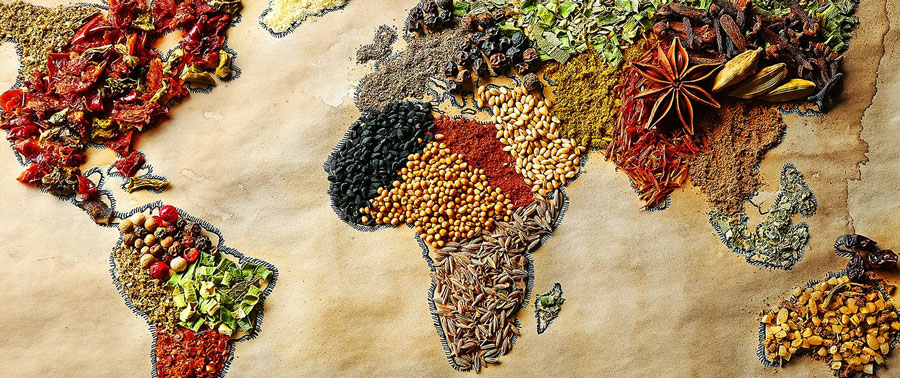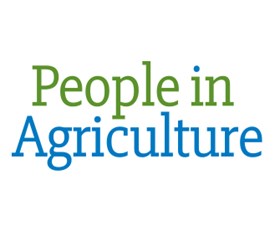Fertile land: the key resource for feeding a growing world
6/9/2017
For a world that will see a population increase of 24%, to an estimated 9.8 billion people by 2050, the most important resource is land that can support agriculture.
For a world that will see a population increase of 24%, to an estimated 9.8 billion people by 2050, the most important resource is land that can support agriculture.The rise in growth means farmers will need to produce 60% more food than it currently does to feed the world population.
Right now, while there is a glut in wheat, barley, rice, corn and some dairy products, 800 million people remain undernourished or are starving.
We are also witnessing an increase in water pollution and land salinization that leaves wondering where we will find the land to support the imminent demand. Or if the pace of Agricultural productivity will be able to keep up at all.
CSIRO Research suggests that the area of arable land- land able to be cultivated to crops and pasture, including lucerne, wheat and rice, has remained virtually unchanged since the 1950s.
Yet in that time crop production has increased three-fold.
That increase is mostly due to the “Green Revolution” of the 1970s, when, driven by the research of Nobel Peace Prize winner Norman Borlaug, crop yields increased dramatically.
It is a long way from that boom though, and there is only the potential for an estimated 9 per cent of the world’s remaining agricultural land to be converted to higher productivity arable agriculture.
While there is scope to bring more land into cropping production, diets are changing, with demand for meat, sugar and vegetable oils increasing rapidly.
Australia, with its vast area of grazing land in the north and northwest of the country, is well placed to contribute to the demand for protein, while continuing to produce grain in arable regions.
For more information about the future of Australian Agriculture in a world with increasing food demands read the extended article here





